Premium Only Content
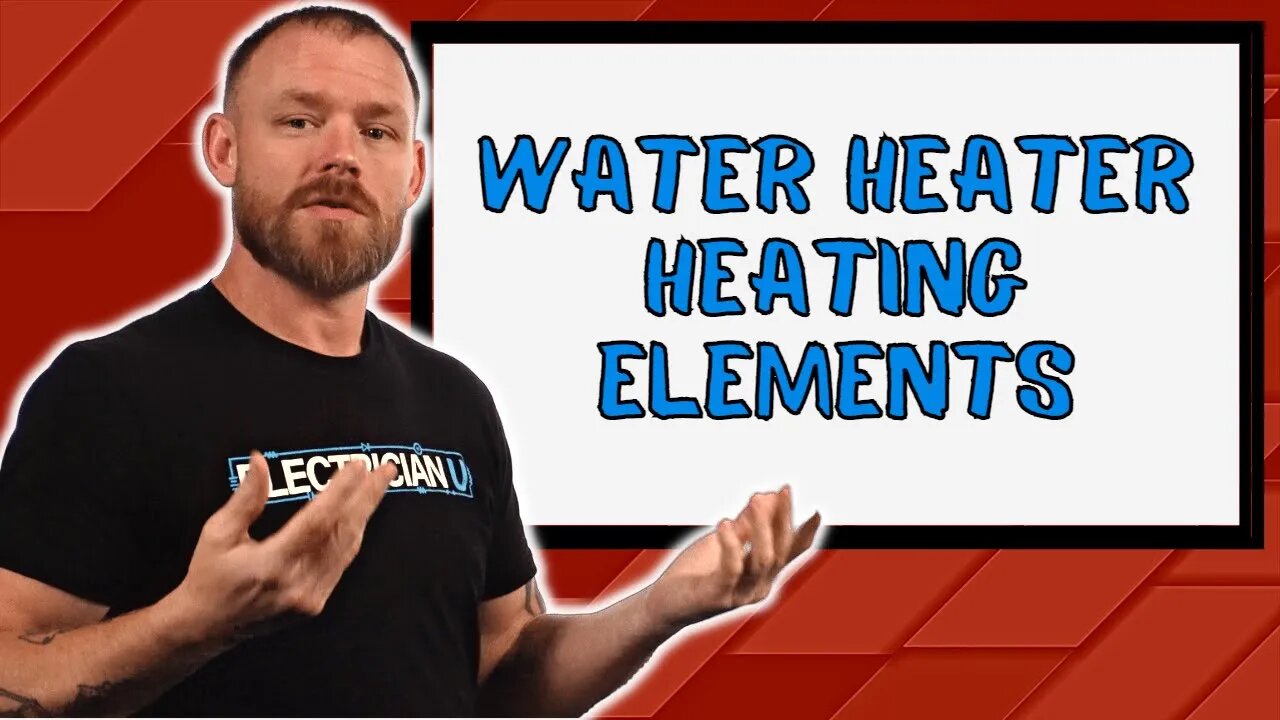
Water Heaters: Simultaneous or Separate Heating Elements?
Join this channel to get access to perks:
https://www.youtube.com/channel/UCB3jUEyCLRbCw7QED0vnXYg/join
As electricians, we supply power to many water heaters. But for most of us, it’s a simple connection and that is all we know about them. In todays episode of Electrician U, Dustin talks about the heating elements within the water heaters and some different wiring/voltage used for them.
🤘⚡️MEMBERSHIP⚡️🤘
JOIN ELECTRICIAN U - become a member and get:
FREE Continuing Education every year
FREE Practice Exams
FREE Monthly Video Courses
FREE Weekly Live Instructor-Led Classes
FREE Monthly Educational Newsletter
Premium Members-Only Content
Private Discord Channel
Monthly Members-Only Discord Chats
Sign up here --- https://www.electricianu.com/electrician-u-membership/
🎧🎹MUSIC AND VIDEO:🎹🎧
https://www.facebook.com/descantmv
🎬✍️ART AND ILLUSTRATION:✍️🎬
https://www.daverussoart.com
Water heater connections are generally not overly difficult to understand. Just know that there are several different ways they can be connected and several different types. First, there is a single element water heater. Simple and straight forward, it relies on a single heating element to heat the water in the tank. This can be problematic if the tank is rather large or the demand is great as it could take a long time to heat that volume of water. A dual element water heater still has a single source of power, but splits that source between 2 elements which are controlled by a thermostat. As the hot water will RISE in the tank, and considering that the outlet pipes going TO your plumbing system are on the TOP of the tank, the top element will be used first. Once the water towards the TOP of the tank is heated to its set point, power will transfer to the BOTTOM element to heat the remainder of the water. A dual element water heater is generally much more efficient. On larger commercial systems, you may see simultaneous heating elements. These require 2 separate feeds- one to each element. While there is still a thermostat controlling overall tank temperatures, these feeds come straight from the breaker and do not swap back and forth, like a dual element water heater, depending on usage.
Remember from previous videos, electricity travels in loops. Water heaters/heating elements are no different. Current leaves the breaker on one hot, travels thru the load (in this case a heating element), and returns on the other hot completing the loop. You may also see single phase (lets say 240v) or 3 phase (maybe 208v) or even 3 phase 480v in some larger commercial settings. Many water heaters are also dual voltage. This means that they can operate on more than one voltage, depending on what voltage is present at the site. Since we are attempting to keep the same rating regardless of voltage being used, if we raise the voltage, we need to raise the amount of resistance to keep the same KW rating. If we run at a higher voltage (say 480v in lieu of 240v) we can hook up the water heater to use 2 elements (doubling the resistance since we doubled the voltage) and the water heater will act the same as if it was running on 240v. This is much the same as multivolt motors where we just use different (or a combo of) leads. It’s not overly difficult once you understand the relationship between higher voltage and the resistance required to keep the KW rating the same. You honestly just need to know what voltage you will be applying and then refer to the wiring diagram provided with the unit to see which elements you are going to jumper and in what sequence.
We hope this has been an insightful look into different water heaters and the heating elements located within them. Do you have any tricks/tips for hooking up water heaters? Leave us a comment in the comment section and let us know. Is there a topic you would like to see discussed on Electrician U? Again, leave a comment in the comments section and let us know! please continue to follow Dustin and Electrician U as we are constantly adding new content to assist our followers in becoming the best electricians that they can be.
-
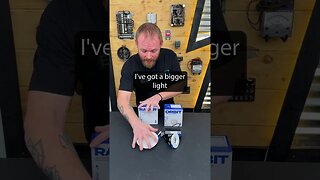 0:50
0:50
Electrician U
1 year agoWhat Are Lumens?
12.8K4 -
 5:11
5:11
BIG NEM
12 hours agoHilarious Street Interviews: Advice for Adult Virgins!
10.8K1 -
 1:21:32
1:21:32
PMG
1 day ago $0.69 earnedThe Death of Big Pharma! We MUST Confirm RFK!! Hearing Happening NOW!
8.36K3 -
 3:34:56
3:34:56
FreshandFit
10 hours agoAverage Spoiled Brat Claims She Doe NOT Need To Do Anytning To Get A Man! 🤣
99.7K58 -
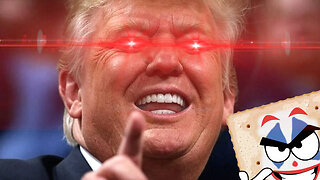 2:11:11
2:11:11
TheSaltyCracker
13 hours agoTrump Fires Everyone ReeEEeE Stream 01-31-25
254K371 -
 1:15:45
1:15:45
Roseanne Barr
15 hours ago $38.25 earnedJFK case solved!? with Shane Stevens | The Roseanne Barr Podcast #85
146K75 -
 10:36:04
10:36:04
Dr Disrespect
21 hours ago🔴LIVE - DR DISRESPECT - PUBG - WHAT WINNING LOOKS LIKE
274K46 -
 4:41:07
4:41:07
Nerdrotic
17 hours ago $40.31 earnedCap 4 and Emelia Perez BACKLASH! Acolyte is Still CANCELED! Hollywood STFU | Friday Night Tights 339
209K43 -
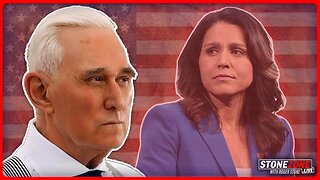 57:41
57:41
The StoneZONE with Roger Stone
14 hours agoWhy Are They So Afraid of Tulsi Gabbard? | The StoneZONE w/ Roger Stone
73.8K19 -
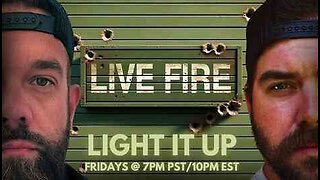 2:41:03
2:41:03
I_Came_With_Fire_Podcast
19 hours ago🔥🔥Suing CHINA, Hillary AIDED RUSSIA, and DEI REMOVED from Military🔥🔥
129K31